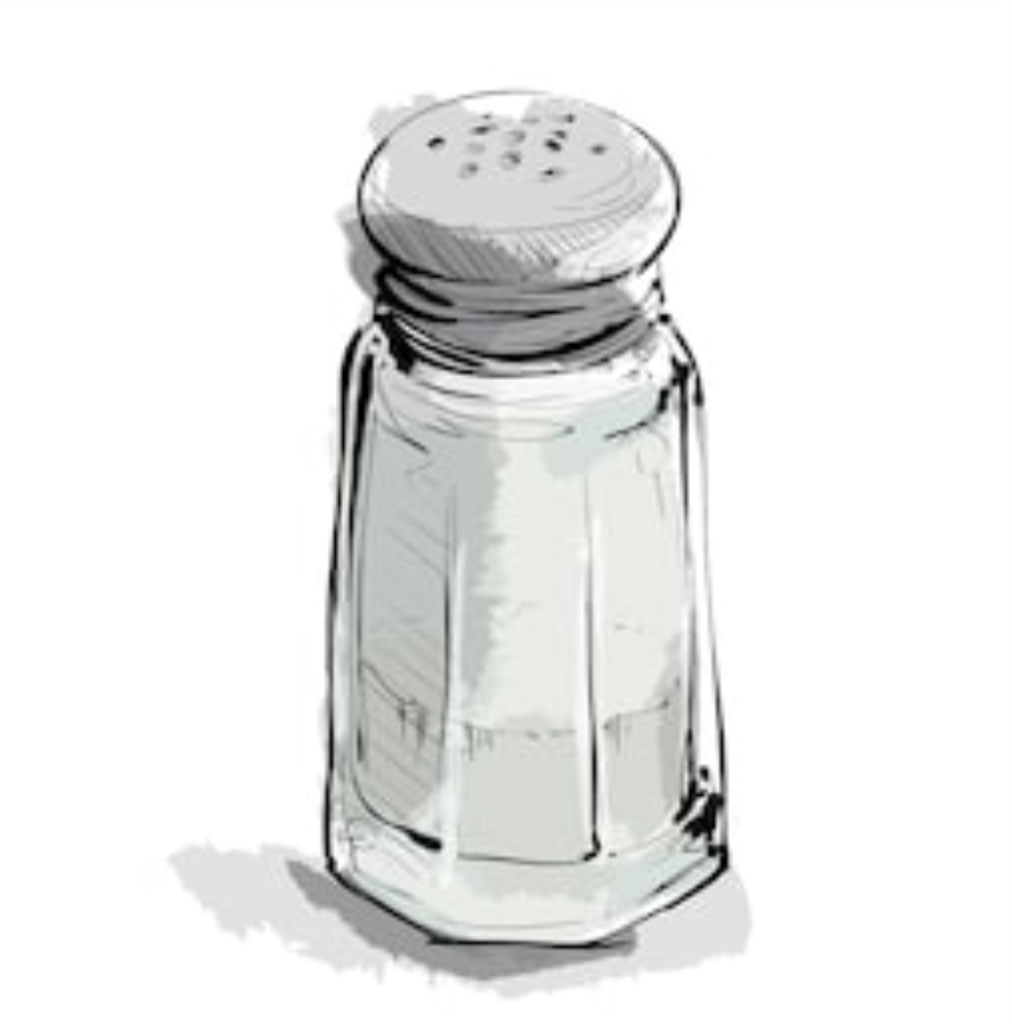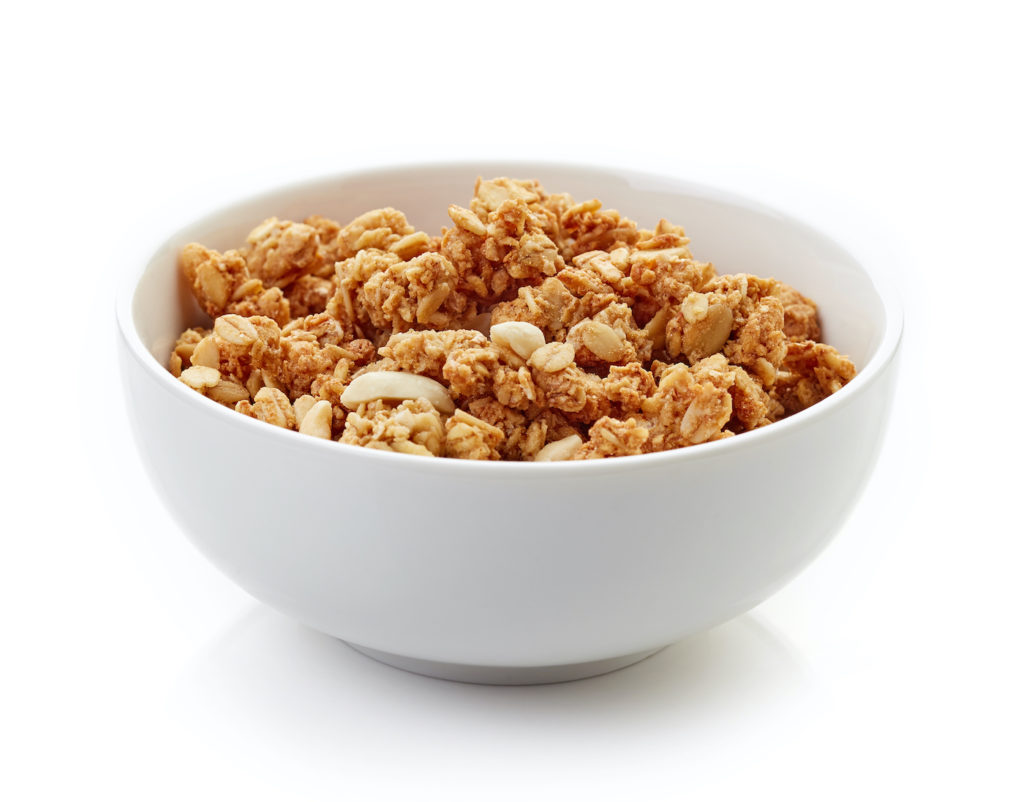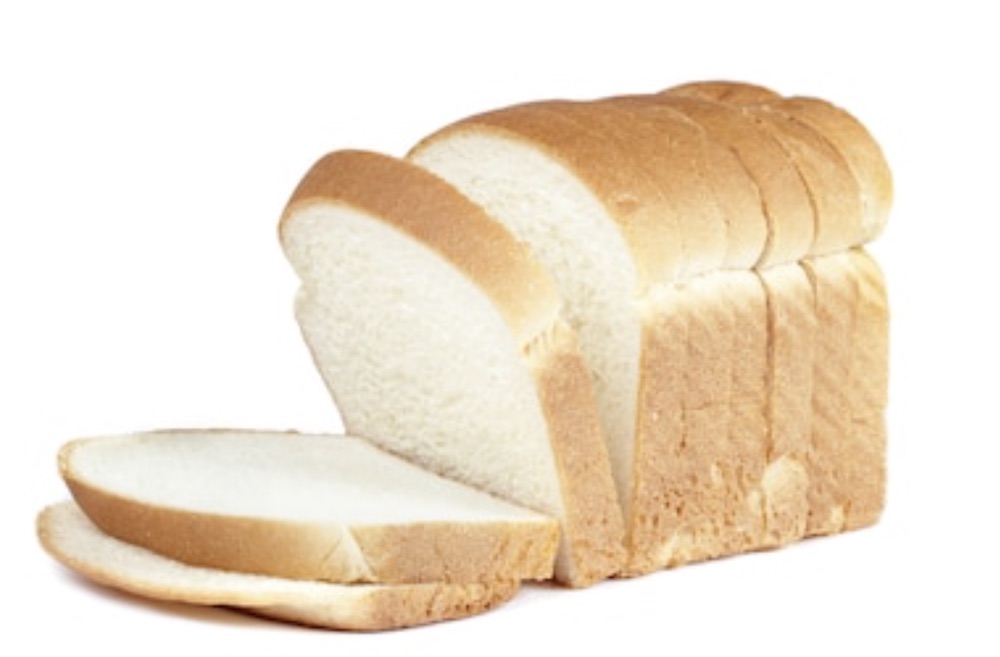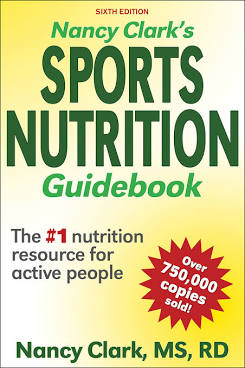Eating Clean: Unintended Consequences
SoccerToday’s nutrition columnist Nancy Clark on practical tips for soccer players who want to win with good nutrition.
I’ve started eating clean; quinoa and brown rice. No more white rice.
I haven’t had cookies for ages. I’m eating clean—no added sugar.
When I visit my parents, I bring my own food. It’s healthier….
The clean eating movement has raised a lot of questions about what you should and should not be eating. I hear a lot of chatter about good, nutrient-dense foods, bad nutrient-poor foods, and clean foods.
If you are feeling confused about what’s best for you to eat, you are not alone.
Clean foods are generally defined as being unprocessed, all-natural, free of GMOs, added sugar, high fructose corn syrup, refined grains, and perhaps gluten.
Clean foods are also free of antibiotics, hard to pronounce ingredients and wrappers.

Some soccer players talk about avoiding un-clean food with an air of superiority: I don’t do sugar or white flour anymore. This often includes denying themselves of some fun and special foods birthday cake, dessert with friends, warm dinner rolls.
Clean eaters can easily instill guilt in a teammate who eats, let’s say, warm rolls from the restaurant’s breadbasket as if that person is sinning. Note: Eating is not a sin!
Please understand there is no such thing as good, bad, clean, un-clean, or junk food.
An apple, for example, is commonly considered to be a good, clean health-promoting food, but a diet of all apples is a bad diet.
I encourage you to stop labeling specific foods — white bread, red meat — or ingredients such as sugar, salt as being good or bad. Instead, you want to look at how the food fits into your sports menu for the entire week, month, and year, and evaluate food in the context of a balanced or unbalanced diet.
The Dirt on Clean Eating
Clean eating often comes with unintended consequences. Please keep the following dirt in mind if you have stopped eating salt, red meat, refined grains, and added sugar.
— Eliminating table salt when cooking and at the dinner table reduces your intake of iodine.

This mineral was added to table salt in the 1920s to eradicate goiter — a thyroid disorder. Iodine is in dairy milk, saltwater fish, and seaweed.
If you rarely eat those items and add no salt to your food, then your iodine intake could be quite low. Iodine deficiency is associated with infertility, poor brain development in infants, low metabolism, and chronic fatigue syndrome.
Pink Himalayan salt, sea salt, or other specialty salts are not iodized. Nor is the salt used in commercial foods. If you are a soccer player who sweats heavily and craves salt, don’t hesitate to enjoy a sprinkling of iodized salt.
— Cutting out red meat reduces your intake of iron, a mineral needed to prevent anemia and needless fatigue.
Anemia is prevalent among females who lose iron via menstrual bleeding. Studies suggest 20% to 50% of collegiate female athletes experience anemia. Male athletes are also not immune from becoming anemic. A study with collegiate male runners suggests about 20% were iron-deficient.
If you choose to abstain from eating iron-rich red meat, be sure to consume alternate sources of iron, such as chicken thighs, tuna fish, dried beans, and iron-enriched breakfast cereals.
Note that all natural cereals, like granola or Puffins, have no additives. That means they have no added iron.

— Eliminating enriched white bread and other refined grains also reduces the intake of iron, as well as B-vitamins such as folic acid. These nutrients are added to help prevent deficiencies.
Folic acid is of particular importance for women who might become pregnant; it helps reduce the risk of birth defects. A diet with some enriched and fortified refined grain foods boosts the intake of this important nutrient.
Given US Dietary Guidelines recommend half of the grains you eat should be whole grains, the other half can be enriched grains. Yes, white pasta and bread do offer nutritional value! Mix ‘n match your grains.

— Eliminating “carbs” (starchy foods, such as bread, bagels, pasta, rice, etc.) can easily lead to “dead legs” and poorly fueled muscles.
I counsel far too many soccer players who train hard and eat just protein and veggies for dinner, with no “carby foods.”
Even youth soccer players who eat a lot of veggies with a meal will unlikely consume the recommended 3 to 5 grams of carbohydrate per pound of bodyweight that optimally replenishes the muscle glycogen stores of competitive athletes.
This comes to at least 1,200 calories of carbohydrate a day for the 150-pound soccer player who trains 1 to 2 hours a day.
This is far more carbs than found in a large salad doused with 500 calories of dressing! No wonder I hear so many complaints about fatigue, dead legs, and poor workouts from soccer players who have “knocked off the carbs.” Eating grain foods as the foundation of each meal resolves the problem.

— Eliminating foods with added sugar eliminates a lot of (fun) foods. Do you really want to never enjoy cookies or birthday cake ever again—without feeling guilty, that is?
Is something wrong with enjoying a sweet treat in moderation? No!
US Dietary Guidelines state 10% of total calories can come from refined sugar. For most soccer players, that’s 200 to 300 calories of added sugar a day (50-75 g) that helps fuel muscles.

Soccer players who avoid sugar with hopes of curbing their so-called sugar “addiction” commonly end up binge-eating sugary foods.
Denying sugar is not the solution. Rather, routinely balancing in a sweet such as a daily cookie, can help keep cookies from becoming an all-or-nothing food.
Good Nutrition For Soccer Players: The Bottom Line
Instead of aspiring to eat clean, how about focusing on eating a variety of foods that offer 85% to 90% quality calories?
Balance in unclean foods, if desired, with the remaining 10-15% of your calories.
No need to suffer through a perfectly clean sports diet, because an excellent diet is good enough.
Despite popular belief, a little bit of “dirty food” will not ruin your health forever.
Related Articles: Soccer Players: Next Level Nutrition; Nutrition Tips for Soccer Players: The Athlete’s Kitchen


SIDEBAR: Nutritional and medical advice changes with new discoveries and interpretations. Always check with your medical provider and/or nutritionist for what is best for you and your family.
Sports nutritionist Nancy Clark MS RD CSSD has a private practice in the Boston-area, where she helps both fitness exercisers and competitive athletes create winning food plans. Her best-selling (6th Edition) Sports Nutrition Guidebook, and Food Guide for Soccer, as well as teaching materials, are available at www.nancyclarkrd.com. Click here for online and live workshops.
Additional Links of interest:
https://www.dietaryguidelines.gov
https://health.gov/our-work/food-nutrition/2015-2020-dietary-guidelines





